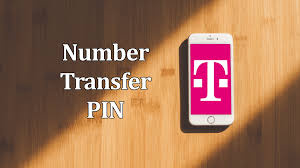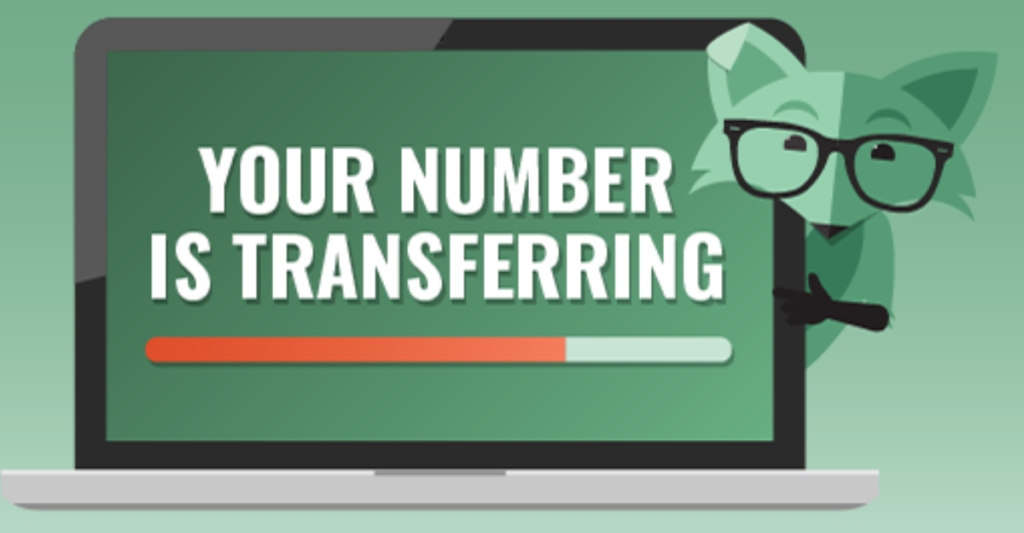Simple Mobile Number Transfer PIN In the fast-paced world of mobile telecommunications, transferring your phone number from one carrier to another can often feel like navigating through a maze. However, with the introduction of a simple mobile number transfer PIN, this process has become more seamless than ever Before. Leg Text” NPP” or” NTP” to 611611 to admit the 4 integers Transfer Leg
What is a Mobile Number Transfer PIN?
A Mobile Number Transfer PIN, or simply Transfer PIN, is a unique code designed to facilitate the smooth transition of your phone number from one service provider to another. This PIN serves as a security measure to ensure that only authorized individuals can transfer their numbers while safeguarding against unauthorized porting requests.
How Does the Transfer PIN Work?

The Transfer PIN acts as a passcode, validating the request to transfer your mobile number. When initiating a switch between carriers, this PIN becomes a crucial element in the verification process. Its primary function is to authenticate the owner’s identity and ensure the legality of the transfer request.
Obtaining Your Transfer PIN
Most mobile network operators offer an easy way for their customers to obtain a Transfer PIN. You can typically acquire it by:
- Accessing your account through the carrier’s official website or mobile app.
- Contacting customer support via phone, chat, or email for assistance in generating the PIN.
Importance of Secure Transfer PIN
Security is paramount when it comes to transferring your mobile number. A secure Transfer PIN ensures:
- Protection against unauthorized porting attempts.
- Verification of the rightful owner’s consent for the transfer.
- Prevention of fraudulent activities related to phone number portability.
Simplifying the Process: How to Use a Transfer PIN

Using a Transfer PIN to switch mobile service providers involves a few straightforward steps:
- Gather Essential Information: Before initiating the transfer, ensure you have your current account details and the new carrier’s information readily available.
- Initiate the Transfer: Contact your new service provider and inform them of your intent to switch. They will request your current phone number, Transfer PIN, and account details.
- Verification Process: The new carrier will authenticate the information provided, including the Transfer PIN, to ensure a seamless transfer process.
- Confirmation: Once the verification is successful, you’ll receive confirmation of the successful transfer, and your new services will become active shortly.
Conclusion
In conclusion, the introduction of the simple mobile number transfer PIN has revolutionized the process of switching carriers. Its role in ensuring security and expediting the transfer process cannot be understated. By following the outlined steps and understanding the significance of the Transfer PIN, users can seamlessly transition between mobile service providers.
FAQs
1. What if I forget my Transfer PIN?
If you forget your Transfer PIN, you can typically retrieve it by contacting your current service provider’s customer support and following their authentication procedures.
2. Can I transfer my number without a Transfer PIN?
In most cases, a Transfer PIN is required to ensure the secure transfer of your mobile number between carriers. Without it, the process may encounter delays or complications.
3. Is a Transfer PIN the same as a PUK code?
No, a Transfer PIN is used specifically for transferring mobile numbers between carriers, whereas a PUK (Personal Unblocking Key) code is used to unlock a SIM card.
4. Are there any fees associated with transferring my number using a Transfer PIN?
Typically, carriers do not charge for transferring your number using a Transfer PIN. However, it’s advisable to check with both your current and new service providers for any potential fees.
5. Can I create my Transfer PIN?
Yes, most carriers allow users to create their Transfer PINs through their account settings for added security.
